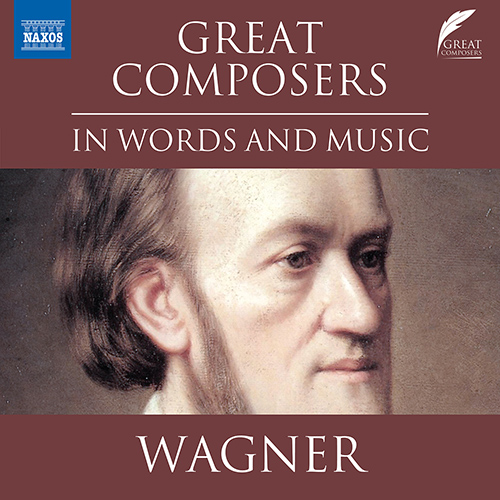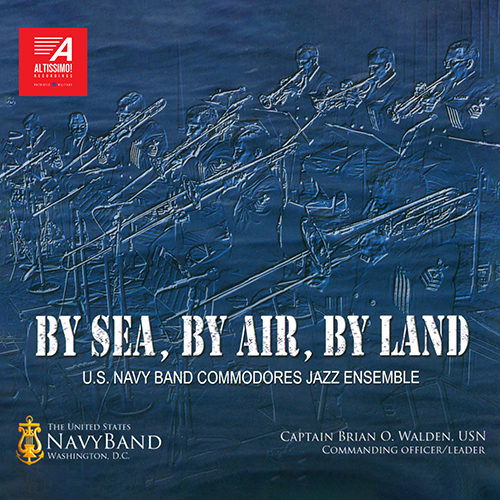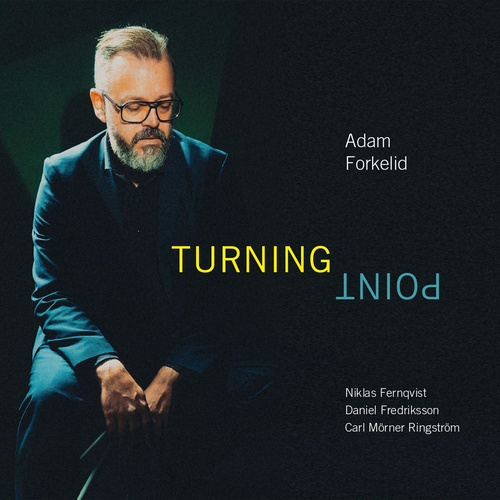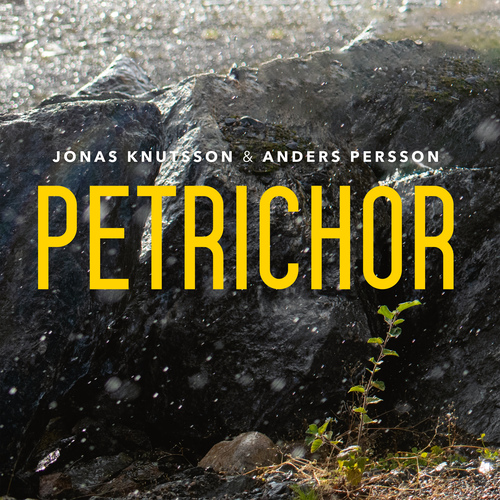In addition to its own wide-reaching monthly new releases (see www.naxos.com/newreleases.asp), Naxos also distributes several leading labels in many countries around the world. Here is a choice selection of recent releases from some of these distributed labels.
Cantaloupe Music is the record label created and launched in March 2001 by the three founders of New York’s legendary Bang on a Can organization – composers Michael Gordon, David Lang and Julia Wolfe – with Bang on a Can managing director Kenny Savelson. Cantaloupe Music has made a massive impact in the new music community, and has been recognized by critics and fans worldwide for its edgy and adventurous sounds.
Our goal is to provide a home for contemporary classical and post-classical music that is, in the words of Michael Gordon, “too funky for the academy.” Throughout its nearly 15-year history, Cantaloupe has repeatedly received Top Ten of the Year accolades from such publications as the New York Times, the New Yorker, the Washington Post, the Boston Globe, The Guardian (UK), The Wire (UK), Newsday, Mojo magazine, Gramophone, Billboard, Stereophile and Time Out New York. Cantaloupe releases have also been featured on CNN, National Public Radio, the BBC, Pitchfork.tv and numerous outlets online, in print and over the airwaves.
Watch the mini-documentary exploring the music of Moondog.
Songs and Symphoniques: The Music of Moondog features brilliant new re-imaginings of the music of Louis Hardin, aka Moondog, the blind composer who lived on the streets of Manhattan and became known in the 1960s as “the Viking of Sixth Avenue” for his striking appearance. His beautiful and haunting music was an inspiration to Philip Glass and Steve Reich, who referred to him as “the godfather of minimalism.”
Conceived as a collaboration between the Brooklyn-based Ghost Train Orchestra and the legendary Kronos Quartet, the project quickly expanded to include numerous guest vocalists – including Marissa Nadler, Joan Wasser (aka Joan As Police Woman), Jarvis Cocker of Pulp fame, acclaimed singer-songwriter Rufus Wainwright, and vocalist Petra Haden, known for her striking a cappella works. Collectively it’s a stunning and talented lineup, digging deep to revitalize Moondog’s uplifting message for a new generation.
The ostensible follow-up to Sō Percussion co-founder and composer Jason Treuting’s ambitious work Nine Numbers, Go Placidly with Haste is a multi-movement sonic meditation that actually bears a more distinct connection to Treuting’s early work Amid the Noise (2006) – which began as a soundtrack, then morphed into Sō Percussion’s third album, and from there into a communal music-making project that can occur with a flexible number of musicians in almost any combination.
Go Placidly takes up that thread and weaves it into a vivid tapestry of moods, styles and genres, from the oddly folk-inflected strains of 1927 (featuring Irish singer and Afro Celt Sound System mainstay Iarla Ó Lionáird) to the Eno-esque keyboards and electronics of White Diamond, the frenetic and angular Build Up, the mournful and stately Slow Moving Chords (with singer-songwriter Sam Amidon), the groove-chasing Four Lines (with composer and singer Angélica Negrón) and plenty more. By turns whimsical, expansive and exploratory, this is new music in the most thrilling and adventurous sense of the word.
The sincerity and emotional depth of Anton Bruckner’s musical compositions create an inimitable magnetism, captivating listeners and allowing them to lose track of time in the very best sense of the word. Anyone who wants to approach Bruckner only analytically will find their mind boggled, especially at the first encounter. His great power is a certain “transcendental charm” woven into each of his symphonies.
In 2024, the music world celebrates the 200th anniversary of Anton Bruckner’s birth on 4 September 1824. To mark this occasion, the Bamberg Symphony, renowned for its mastery of Bruckner’s symphonic repertoire, with their music director, Jakub Hrusa, presents a new recording of the composer’s final and unfinished symphony, his Ninth.
Austrian critic and musicologist Walter Weidringer wrote that the Ninth ‘may be taken as one of those examples from music history that prove that even fragments can display a degree of completion which no longer seems capable of improvement.’
Anton Bruckner finally received the award of an honorary doctorate from the University of Vienna on 11 December 1891. For Bruckner, receiving the doctorate fulfilled a long-time wish, since he had spent most of his life pursuing academic credentials and applied for honorary doctorates at Cambridge University in 1882 and at the Universities of Pennsylvania and Cincinnati in 1885. Two days later, Hans Richter conducted the Vienna Philharmonic in the first performance of the second or so-called ‘Vienna’ version of Bruckner’s First Symphony, which he had dedicated to the university in gratitude for the degree. The changes Bruckner made in this revised version are not as extensive as those he made to the Third, Fourth and Eighth Symphonies during the late 1880s and early 1890s. His revisions to the First Symphony did not affect the overall form of any of the movements. He changed many details of orchestration, articulation and phrase length, some of which are difficult to notice on first hearing. Nevertheless, the 1891 autograph score is the composer’s final word on how he wanted his First Symphony to be performed and understood.
Bára Gísladóttir (b. 1989) considers sounds, instruments and ensembles as living organisms. In her works VAPE, Hringla and COR, the Icelandic composer and double bassist engages with the largest musical organism of all: the symphony orchestra. Through these works, we follow Gísladóttir’s fascination with language and coincidence. We hear an uncompromising interrogation of the body’s excesses and ailments, and, most of all, we see life, vaporous and between states, neither dark nor light.
Berlin-born Lukas Foss studied music in Paris before settling in Philadelphia in 1937. Though he freely explored diverse compositional styles, three of the works in this recording fall into his early neo-Classical period and exemplify his dictum that “to have a big foot in the future, you’ve got to have a big foot in the past.” Symphony No. 1 in G Major is lyrical, bucolic and subtly jazz-influenced, while the Three American Pieces show Aaron Copland’s “open air” influence. Foss’s Ode expresses his feelings about the loss of American lives during the Second World War, and Renaissance Concerto is a “handshake across the centuries” ingeniously spiced with unexpected harmonic twists.
The first volume in a new cycle by the Tapiola Sinfonietta under Janne Nisonen presents the symphonies of Ferdinand Ries (1784–1838), Beethoven’s only acknowledged composition pupil, close friend and biographer. Often remembered in music history as Beethoven’s ‘right hand’, these new recordings by the Tapiola Sinfonietta showcase a remarkable and talented early 19th-century symphonist with a voice of his own.
Edvard Grieg already had the renowned Piano Concerto and Sigurd Jorsalfar behind him when he was commissioned to write incidental music for a staged version of Henrik Ibsen’s play Peer Gynt. This resulted in some of Grieg’s most famous music, from the Norwegian trolls and hobgoblins of In the Hall of the Mountain King to the movingly simple Solveig’s Song. The suite From Holberg’s Time takes us back to Baroque style and traditions with irresistible melodic charm. Wedding Day at Troldhaugen was a wedding anniversary present for Nina, Grieg’s wife, and the sprightly Norwegian Dances are a precursor to the larger-scale Symphonic Dances (available on VOX-NX-3038CD). These classic Vox recordings by Maurice Abravanel and the Utah Symphony Orchestra were originally issued in 1976 and have been newly remastered from the original tapes.
In addition to his symphonies, Anton Bruckner is best known for his sacred works: his stirring masses and his deeply moving a cappella motets. To mark the Bruckner Year 2024, the Bavarian Radio Chorus and the Münchner Rundfunkorchester, conducted by Peter Dijkstra, present his Mass No. 2 together with five well-known motets and the two short Aequali for three trombones from 1847. These studio recordings were made in connection with the opening concert of the 2023/24 season on 28 October 2023. On a second disc, Bruckner’s World by Markus Vanhoefer offers not only an introduction to the recorded works but also a detailed description of the life and work of this important Late Romantic composer.
In celebration of Earth Day, Cedille Records releases the world premiere recording of Stacy Garrop’s monumental oratorio Terra Nostra, ‘a spellbinding dive into the history of the planet’ (Chicago Classical Review). Terra Nostra explores the relationship between humanity and Earth, and how humankind can re-establish a harmonious balance. Stacy Garrop’s music is characterised by its lyricism and vivid storytelling. She has been described by the Chicago Tribune as ‘one of Chicago’s most keenly sensitive composers’ and praised by the Pittsburgh Tribune-Review for music that ‘excites the enthusiasm of performers and audiences alike,’ while the Detroit Free Press remarks, she has ‘a sharp ear for instrumental colour and narrative form: She can tell a story.’ Declared an ‘oratorio that embraces the whole world’ by the San Francisco Chronicle, Garrop’s tour de force is an interconnected musical narrative presented in three parts: Creation of the World, The Rise of Humanity, and Searching for Balance. The multifarious text weaves together creation myths from India, North America, and Egypt, excerpts from the Bible’s Old Testament, classic poetry from Walt Whitman, Lord Byron, Lord Alfred Tennyson, Edna St. Vincent Millay, and contemporary writings by Esther Iverem and Wendell Berry, among others.
In 1910, the Italian poet Gabriele D’Annunzio wrote a play about the martyrdom of St. Sebastian. He enlisted Claude Debussy as the composer and the Mystère en cinq mansions compose en rhythme français premiered soon after, in 1911. The text combines and interweaves Christian and pagan traditions, playing with both the flair of antiquity and the fascination of the exotic. The Catholic Church took offence at the portrayal of Sebastian, who was played by a female Russian Jew, the dancer Ida Rubinstein, and the audience also reacted hesitantly, so that neither D’Annunzio’s play nor Debussy’s music secured a place in the concert hall repertoire. Debussy himself was very fond of his work and soon put together an orchestral suite, the Fragments symphoniques, which adapts some of the central numbers of the incidental music for orchestra. Additionally, Désiré-Emile Inghelbrecht created a concert version that radically shortened the text, reducing it to around 15 minutes of recitation in addition to Debussy’s music. That is reflected in this recording, which juxtaposes Debussy’s original music with texts by the writer Martin Mosebach. These texts do not necessarily reflect the course of D’Annunzio’s piece, but rather summarise central aspects of the Sebastian legend, sometimes directly, sometimes abstractly.
AVAILABLE ONLY ON PHYSICAL CD
Richard Strauss was approaching his 80th birthday when he wrote Capriccio. It was his final contribution to the 20th-century’s catalogue of stage works, and he intended it to be performed at the Salzburg Festival. Working from a charming outline sketch by Stefan Zweig, the poet and librettist of Die schweigsame Frau who had been driven out by the Nazis, Richard Strauss collaborated with his pupil and friend Clemens Krauss to create a highly witty and elaborate late work, which nonetheless disconcerted arts commentators for quite a long time. How could Richard Strauss, in the midst of the WWII’s most brutal disregard for spiritual values, write a work that seemed to serve such an unimportant intellectual game, a genuine piece of ‘art for art’s sake’? Yet it is precisely this sense of artistic thought, relieved of all reality that gives Capriccio its special place, even within Strauss’ œuvre.
This recording from 1985 was an immediate and unequivocal success, due mainly to the part played by Horst Stein and the Vienna Philharmonic, which duly led to numerous accolades in the press. With its markedly intellectual approach and high musical standard, this festival performance drew large audiences to Salzburg over a total of three summers.
Roland Moser’s opera invites audiences to delve into the early Romantic period through the lives of Rahel and Pauline. Premiered at the Lucerne Festival in the Lucerne Theater, Moser’s evocative piece vividly portrays the special friendship between these two women, maintained through letters over thirty years. Through a captivating blend of music and performance, audiences are transported into the intricate world of Rahel and Pauline, exploring the enduring resonance of their stories.
Music developed relentlessly in the tense environment of the 19th century. Many composers broke away from firmly established conventions, taking ever greater liberties and forming a counterpart to the industrial and technical revolutions taking place at the same time. Singer Pur traces that arc of tension in this programme, in which the individual composers no doubt differed widely in their attitudes to faith and spirituality. Anton Bruckner, known for his almost childishly blind faith, probably struggled far less with his attitude towards God than composers such as Franz Liszt or Max Reger.
Paganini’s string quartets with guitar are amongst his very finest chamber compositions. Written for friends and private performances they reveal the care he took in their construction. The dialogues in Quartet No. 6 are conversational but Nos. 11 and 13 are more advanced – here formal ingenuity and melodic creativity are fused with great character. Paganini’s feel for aria-like lyricism, for operatic richness, conveyed with a variety of musical ideas, is at its zenith in these works.
‘After an appropriate prelude, the bishop ascended the pulpit, pronounced one of the seven words and began a discourse on it. As soon as he had finished, he descended from the pulpit and knelt before the altar. This pause was filled with music. The bishop entered and left the pulpit for the second, third time and so on, and each time, the orchestra re-entered after the end of the speech. My composition had to be appropriate for this presentation.’ With these words, Joseph Haydn described his work The Seven Last Words of Our Saviour on the Cross, and this recording is designed in the same way. The reflections on the seven last words are by Father Julius Kappel, FSSP (member of the Priestly Fraternity of St. Peter), performed by the renowned actor and narrator Michael König. Haydn’s music is interpreted by the ensemble Capella Paulana, consisting of Dominik Hellsberg and Georg Wimmer, violins, Robert Bauerstatter, viola, and Benedikt Hellsberg, violoncello, who have been artistically associated with each other for many years. In the sequence of words and music, the underlying biblical message is impressively conveyed both musically and linguistically.
What really happened during those long summer days in Leipzig, when master lutenist Silvius Weiss visited the home of Johann Sebastian Bach? Improvisational duels of excellence, or a more relaxed musical dialogue between friends? Contemporary witnesses recall there being ‘rare and elegant music played during this time.’ We also know that it was during this period that Bach added a congenial upper part to music originally composed by Weiss purely for solo lute, namely his Sonata in A Major.
This augmentation added a new dimension and perspective onto Leopold Weiss’ already masterful composition, earning it a place in the catalogue of Bach’s works, as BWV 1025. On this album, Meetings with Bach, we are also presented with Bach’s second cello suite in Dohyo Sol’s own transcription for lute. Of the encounters with Bach on this colourful recording, we are met with his son, Carl Philip Emmanuel Bach, whose dynamic and frequently eruptive music stands in stark contrast to the more fashionable gallant-style of the time.
Lutenist Dohyo Sol, and recorder player Emelie Roos, are both admired virtuosos on their respective instruments, and highly regarded on the Early Music scene – that of the music of the Renaissance and Baroque periods. Residing in the small village of Höör in Skåne, Emelie and Dohyo are the founding duo and artistic directors of the award winning and internationally acclaimed ensemble Höör Barock, along with its affiliated festival of the same name.
Katerina Englichová is a noteworthy performer, belonging to the first generation of Czech musical artists. This album, titled after its final track As Time Goes By composed by Herman Hupfeld, evokes a sense of nostalgia and features one of the best-known melodies in American cinema. Additionally, the album includes compositions by Claude Debussy, Eric Satie, and Czech composer Sylvie Bodorová.
The third volume in the series of José Antonio Bottiroli’s complete solo piano music reflects once again his immersion in late Romanticism allied to the resources of impressionism. Although these world premiere recordings focus on Bottiroli’s elegiacal works – laments in tribute to the memory of his loved ones – they also include pieces with the free musical structure of a ‘fantasy’ and those with the more rigorous demarcation of theme and variation. In the Mircrofilms he even offers us imaginary cinematic pieces. Fabio Banegas is not only Bottiroli’s protégé but has also catalogued the composer’s complete works.
Franz Liszt’s entire life was influenced by the spiritual and the mystical, his piety often in conflict with the secular life of a journeying pianist. Liszt’s prolific and historical transcriptions range from the Renaissance to his own time, and he is acknowledged as Western civilisation’s finest creative force in this genre. The transcriptions of religious works in this recording hold a special place in Liszt’s output and show a different side to this often misunderstood composer, conveying and enhancing the essence of each work to often achingly beautiful effect, and resulting in a treasure trove of unexpectedly intimate and private treasures.
George Bernard Shaw used to say the only things worth hearing on a pipe organ were Bach and Wagner. There’s no Wagner here but the spirit of arranging works from other media for the ‘King of Instruments’ dates back to… Bach himself! The symphonic rock music of the 1960s and 1970s aspired to great things and often drew upon classical tropes, particularly those suggesting the gravitas of J.S. Bach, sometimes using direct Bach quotes, while at others, as in Penny Lane by The Beatles, suggesting the sound of the Baroque masters. In these arrangements, the connection between Bach and Rock is underlined by a direct interweaving of rock music with quotations from Johann Sebastian Bach, with the result that the music flows together in a patchwork of Baroque organ, Bach, and symphonic rock: STAIRWAY to BACH – Rock classics with a hint of Bach. Organist Sven-Ingvart Mikkelsen is one of the most versatile musicians on the Danish music scene, renowned for his surprising and frequently unconventional programs. Featured on this delightful genre-blending programme is the glorious Marcussen organ in the Concert Hall of The Royal Danish Academy of Music.
This recording is a reflection of several performances that took place over time and in varying acoustic environments, including collaborations with contemporary and aerial/vertical dance. The Cage works tend to be binary in form, and while meditatively free flowing in spirit, the architecture is clean and easily understood. The Bach works – four movements that make up a sonata – offer a multitude of interpretive options, including an approach that wanders through the harmonic labyrinth without regard to pulse and traditional notions of time, magnifying minute rhetorical statements along the way. It can be such that the Bach works represent the dreamscape while the atonal prepared piano pieces of Cage represent structure. This might be in opposition to many listeners’ expectations. Performance traditions of Bach, combined with the underlying dance rhythms and characters that pervade his instrumental writing, steer many musicians in the direction of the rational: consistent tempo, consistent articulation in each motif’s repetition, concise determination of tempo and character as related to the movement’s marking, such as ‘allegro.’ Bach’s exquisite contrapuntal writing and harmonic nuance contribute to the idea of intellectualism as an oft utilised guide for musical interpretation – when deciding about phrasing, articulation, and the sense of time. Conversely, Cage’s exploration of non-Western music idioms played on western instruments seems a natural departure from the European ideas of form and content. Thankfully, written music has much room for the implementation of ever-changing ideas in time, ideas that change over time, and even though a recording seems to be a permanent medium, recordings can be approached as a performance: a rendition of a work or an entire concert program is a reflection of ideas that are offered to the audience here and now. In this recorded rendition, Cage offers the morning coffee following each Bachian dream.
The guitar’s significance in Paganini’s career as a composer is evident. It is possible that before practicing the violin and the ‘chittara francese’, he received his first musical training from his father on a ‘mandolino genovese, which had six courses or six single strings, tuned similarly to the guitar. The recording dedicated to Paganini’s complete works for guitar is divided into two double-disc volumes. The first volume includes the 43 Ghiribizzi and various other compositions, such as sonatas, sonatinas and free forms. Mauro Bonelli, for the realisation of this work, used a period guitar with catgut strings, tuned to 415 Hz: nineteenth-century Austrian guitar without a label; the fact that its fretboard can be tilted by means of a peg connects it with the best Legnani-Stauffer tradition.
Francesco Cilea’s Gloria, performed here in its 1932 revised edition, takes as its theme the ultimately tragic story of two lovers caught up in a conflict in 14th-century Siena. The libretto is based on Victorien Sardou’s play La Haine (Hatred) and the opera features Cilea’s refined orchestral writing inspired by the Russian and French schools, with vocal lines that are varied and rewarding. Opera Today called this production ‘musically magical’, while Operawire.com extolled the inventive and convincing staging along with Francesco Cilluffo’s compelling musical direction.
Götterdämmerung (Twilight of the Gods) is the final opera of Wagner’s epic tetralogy Der Ring des Nibelungen (The Ring of the Nibelung) in which his visionary masterpiece reaches its cataclysmic conclusion. Betrayal and death, murder and remorse, lie at the opera’s heart, in a work that draws together every plot element in writing of blazing intensity. As the Ring is restored to the Rhinemaidens, the age of the gods ends, with the opera offering the certainty of destruction but the consolation of renewal. Sir Donald Runnicles conducts an internationally acclaimed cast in this innovative new production by Norwegian director Stefan Herheim.
Rusalka, a water spirit, lives with her family in the pure waters of the forest lake. When she falls in love with a Prince, she sacrifices her voice and leaves her home in the hope of finding true love in a new world – a world that does not love her back.
Natalie Abrahami and Ann Yee create a poetic, contemporary new staging of Dvořák’s lyric fairy tale, revealing our uneasy relationship with the natural world and humanity’s attempts to own and tame it. Semyon Bychkov conducts an all-star cast featuring Asmik Grigorian (Jenůfa) in the title role.
Raising the curtain on a work of superlatives: the Staatsoper Unter den Linden represents the ultimate challenge for any opera house, Wagner's Der Ring des Nibelungen. Christian Thielemann conducts the Ring tetralogy, and Dmitri Tcherniakov, highly praised for his psychologically sophisticated productions, led the playful all-star ensemble coherently through the panorama of characters, situations and events that unfolded like a universe and consistently interpreted the sheer vastness and the manifold twists and turns of the Ring cosmos. With the Walküre score, composed in the mid-1850s, Wagner reached new heights with his music, giving the orchestra remarkable communicative powers, layers of meaning were thus developed and incorporated into the work. ‘Enchanting magic of sound’ (Die Zeit). ‘Spectacular und breathtakingly precise, that’s how Thielemann illuminates the Wagner score.’ (Neue Zürcher Zeitung). ‘Velvety sound of unmatched beauty’ (The Guardian).
The Bayreuth Festspielhaus stands today as a testament to Richard Wagner’s ambition and self-importance – a theatre designed and built solely for the performances of his immersive ‘music dramas’. From the influence of Beethoven to the transcendental properties of his greatest music, Wagner’s work became a cornerstone of European musical culture, but what kind of journey took him towards this remarkable achievement? In this fascinating audio biography, we hear about Wagner’s tempestuous personal life, his controversial political views and his struggles to establish himself as one of the most influential musical visionaries of the 19th century. The narrative is illustrated with excerpts from all of his best-loved operas including the Ring cycle, Tristan und Isolde, Lohengrin, Der fliegende Holländer, Parsifal, and more.
Delve into the heart of naval tradition and innovation as you explore original compositions meticulously crafted by the talented members of the U.S. Navy Band Commodores Jazz Ensemble. Just as the Navy’s ships and aircraft require the unified efforts of its diverse crew to operate seamlessly, each track on this album reflects the harmonious synergy of individual artistry and collective devotion to musical excellence.
Life changes. Feelings change. Music changes. Sometimes, reaching a turning point prompts us to reconsider the chapters of our lives – where you began and where we end. Are things changing for the better or for the worse, or both, or neither? We might not know until we see everything in retrospect, and even then, we might not be quite sure. But in the end, these turning points define our stories.
Recorded in just one day, this music captures an emotion that seemed fleeting, born from both ease and struggle. Ultimately, we’re left with fragments of the emotions, thoughts, and experiences the music has evoked, until it eventually becomes a memory.
After many years of musical collaboration, the idea to let the saxophonist create the melodies and the pianist the harmonies was born. When the arrangements were put in place, it resulted in a musical hybrid that the creators could not label at first. It has something to do with jazz but is garnished with small marzipan roses from the countryside in the north of Sweden.
When the fumes from the laboratory experiment subsided, they said to each other: ‘This is a new element. We will name it Oscar Peterson-Berger. We hope that the album ‘Petrichor’ will land softly in your ears.’
Olcay Bayır is a British/Kurdish-Alevi singer-songwriter. Her music is infused with personal experiences and cultural heritage, merging the traditional melodies of her homeland with London’s modern cosmopolitan sounds.
Tu Gulî, pays homage to Olcay’s roots, conveying the memory of her ancestors, their stories and sounds of the past – giving a voice to the pains of the valiant people of Anatolia, who persist in preserving their language, culture and traditions despite many injustices. Olcay also pays her respects to all the strong, devoted women of her geography, including her grandmothers and her mother. Her unique personal touches and interpretations shine throughout while still maintaining the originality of the songs.
Make sure to subscribe to Naxos newsletters for other great offers.














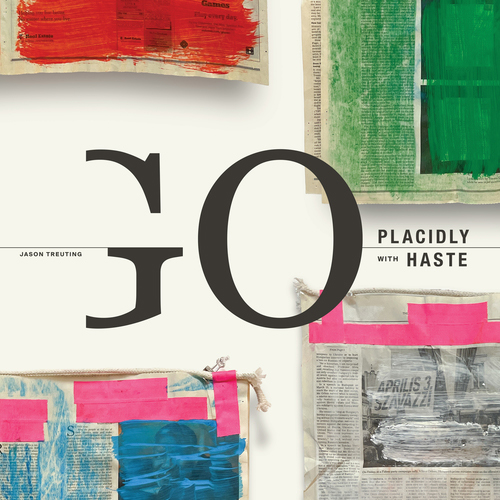
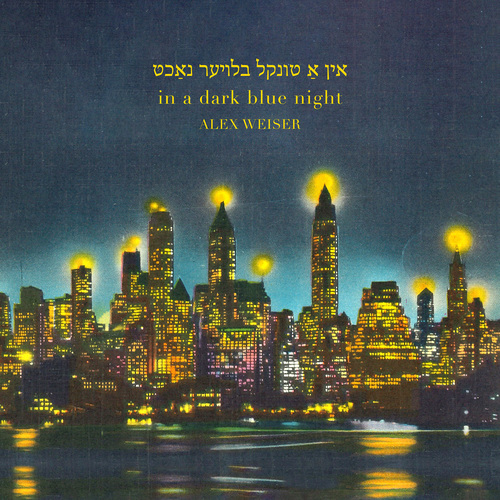
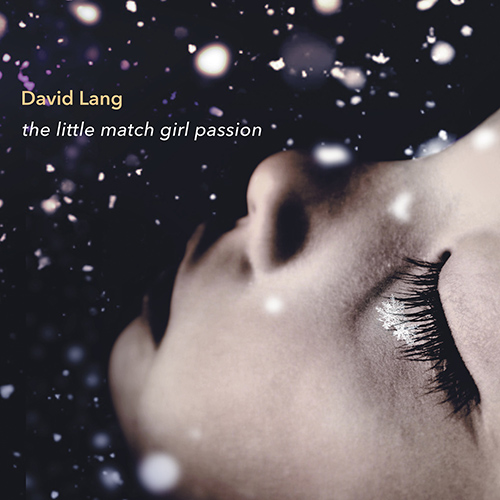






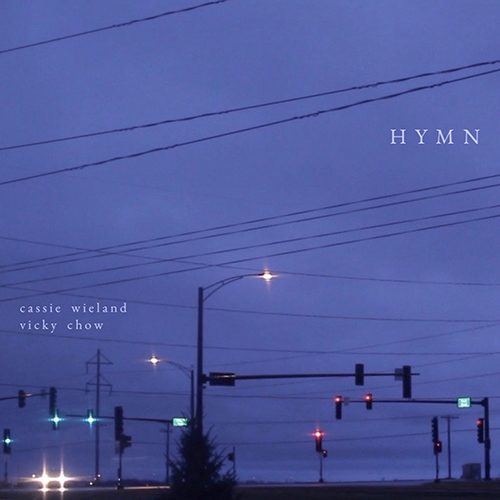
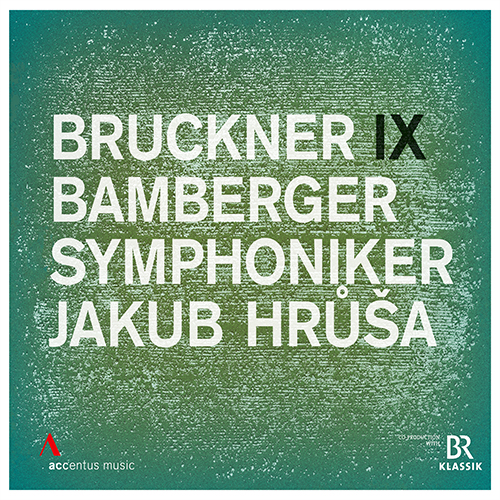
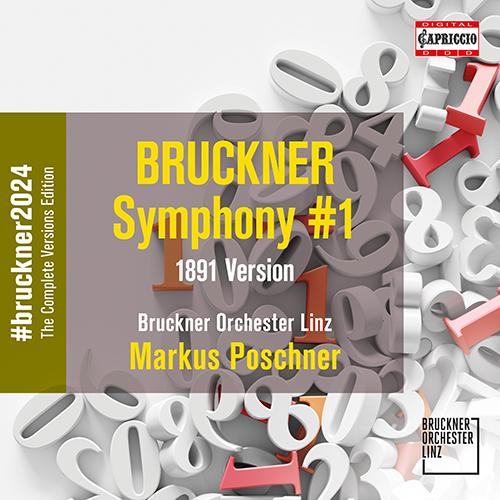

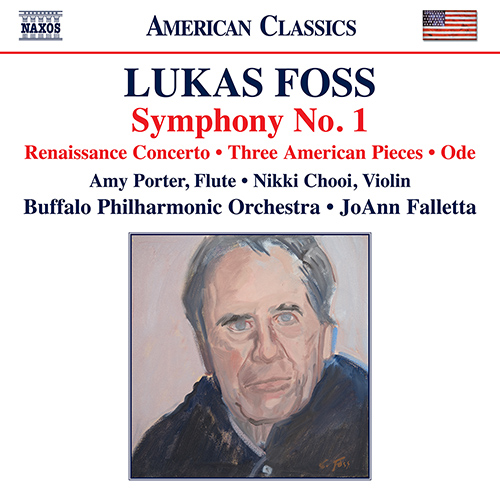
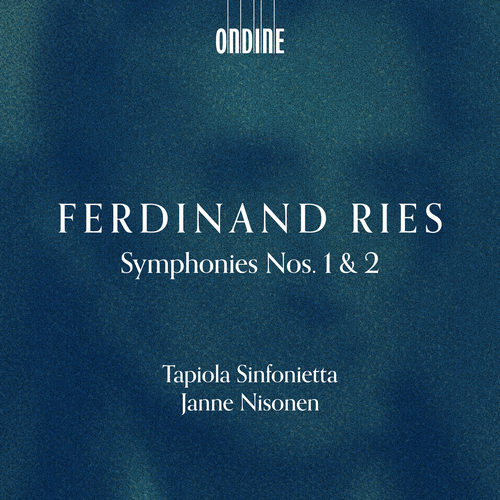

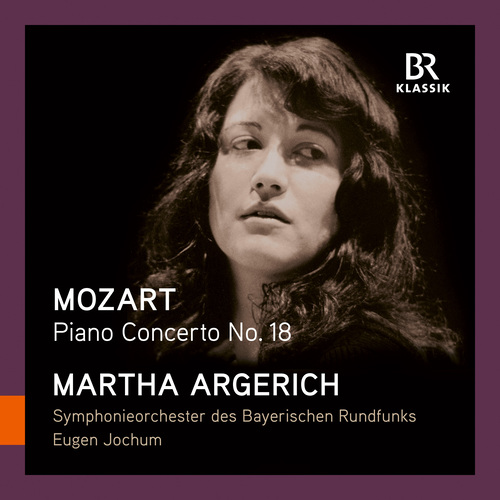

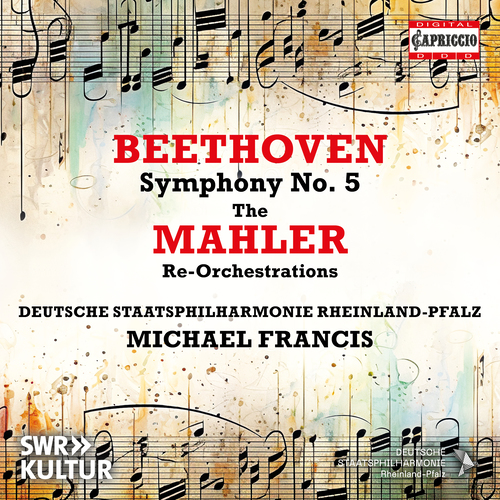

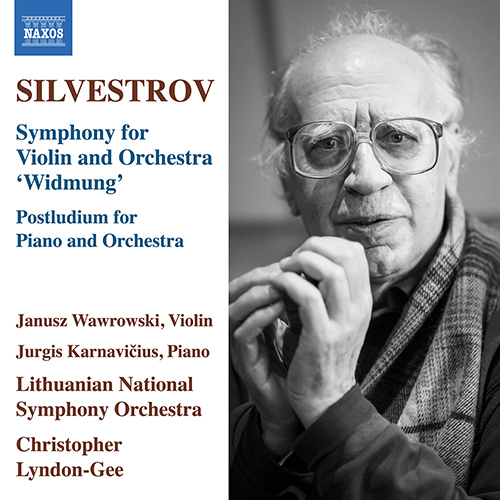
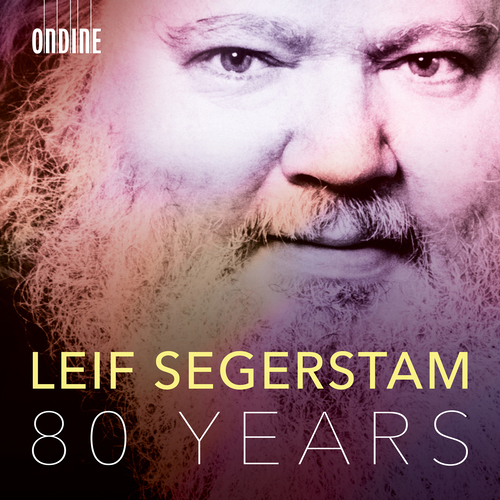
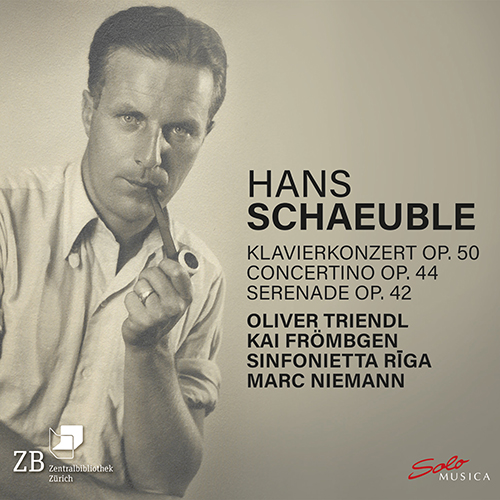
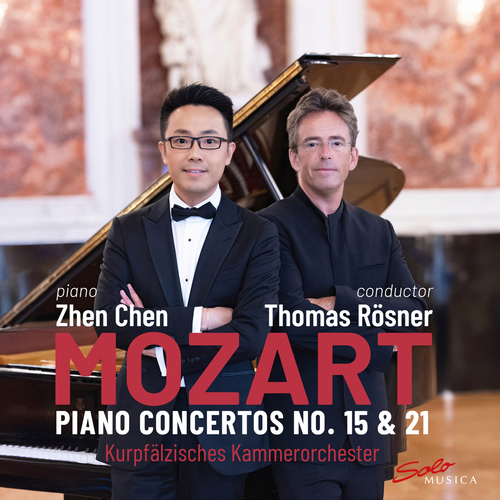

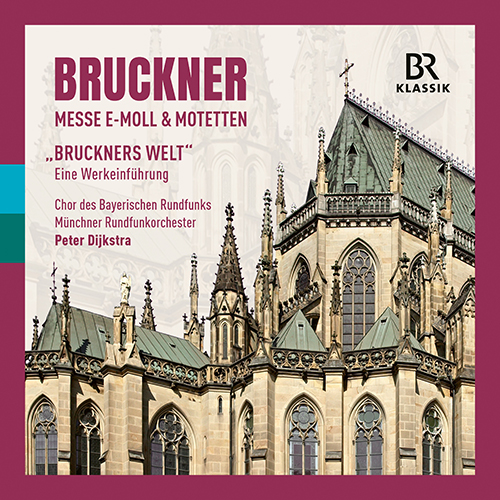
![GARROP, S.: Terra Nostra [Oratorio] GARROP, S.: Terra Nostra [Oratorio]](../../../sharedfiles/images/cds/hires/CDR90000-227.jpg)
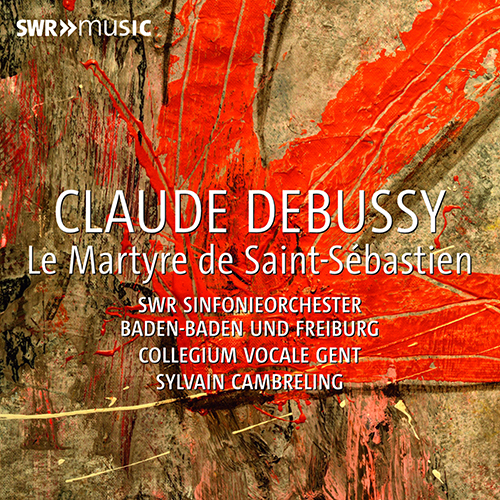
![STRAUSS, R.: Capriccio [Opera] STRAUSS, R.: Capriccio [Opera]](../../../sharedfiles/images/cds/hires/C230152.jpg)
![MOSER, R.: Rahel und Pauline [Opera] MOSER, R.: Rahel und Pauline [Opera]](../../../sharedfiles/images/cds/hires/SM452.jpg)
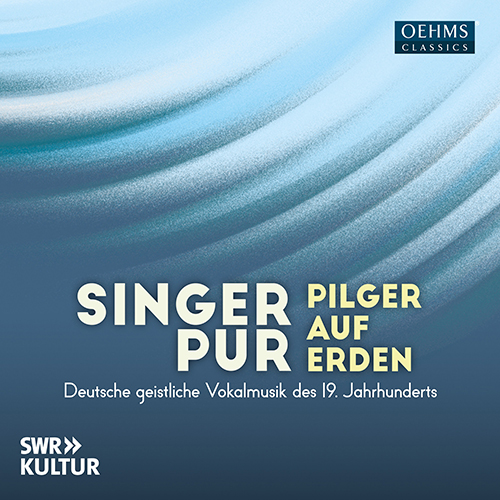
![ROSSINI, G.: Armida [Opera] (Iniesta, Angelini, Kabongo, Arrieta, Marín, Chuan Wang, Amati, Cracow Philharmonic Chorus and Orchestra, Pérez-Sierra) ROSSINI, G.: Armida [Opera] (Iniesta, Angelini, Kabongo, Arrieta, Marín, Chuan Wang, Amati, Cracow Philharmonic Chorus and Orchestra, Pérez-Sierra)](../../../sharedfiles/images/cds/hires/8.660554-55.jpg)
![MEYERBEER, G.: L’Africaine (Vasco da Gama) [Opera] (Spyres, Mahnke, MacKinnon, Mulligan, Kanabas, Frankfurt Opera Chorus and Orchestra, Manacorda) MEYERBEER, G.: L’Africaine (Vasco da Gama) [Opera] (Spyres, Mahnke, MacKinnon, Mulligan, Kanabas, Frankfurt Opera Chorus and Orchestra, Manacorda)](../../../sharedfiles/images/cds/hires/8.660558-60.jpg)
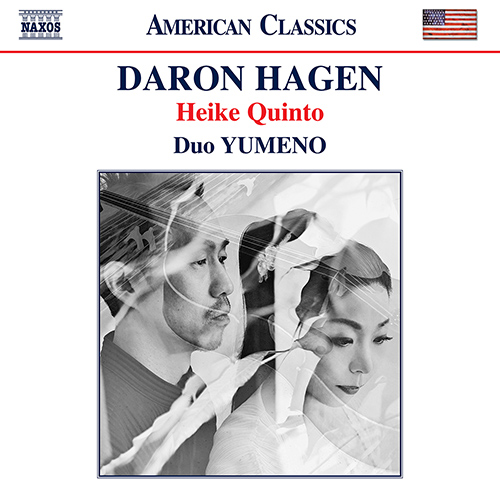
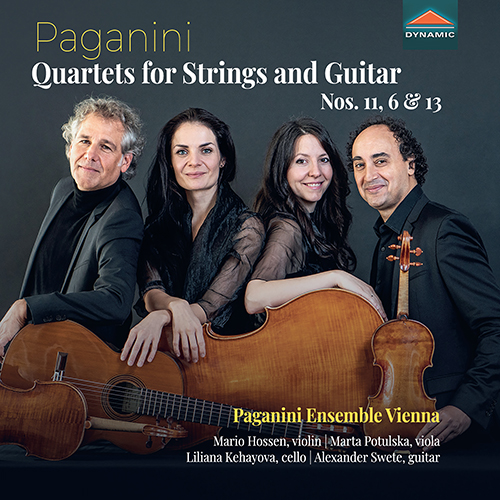
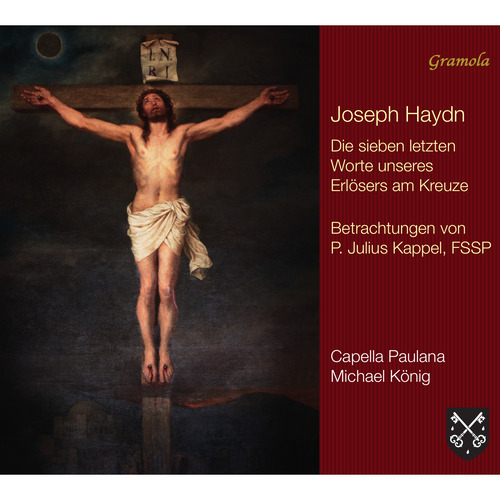
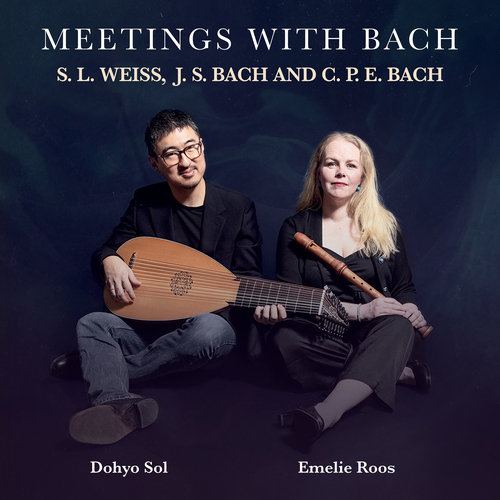
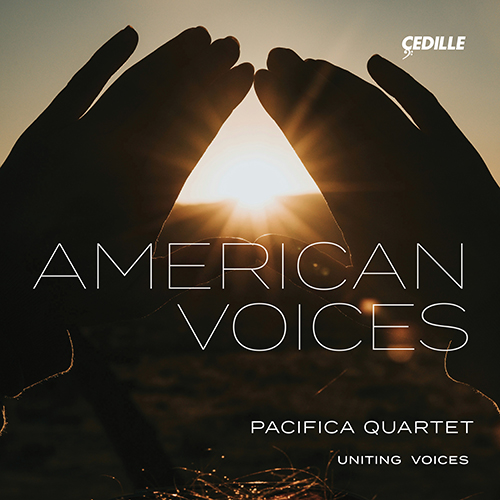
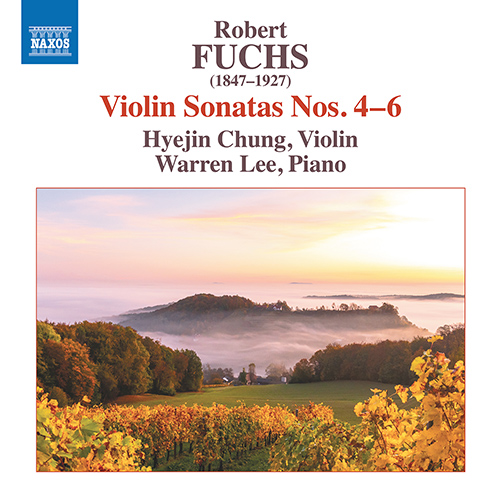

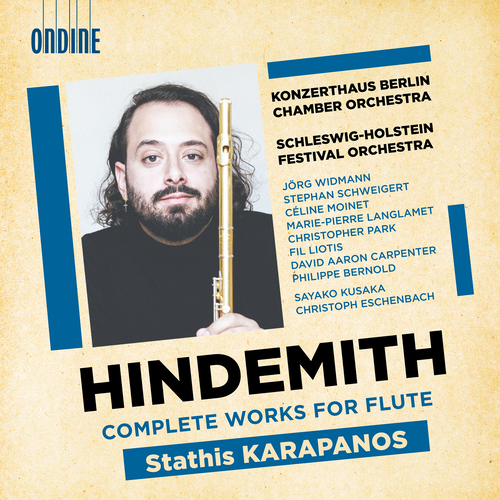
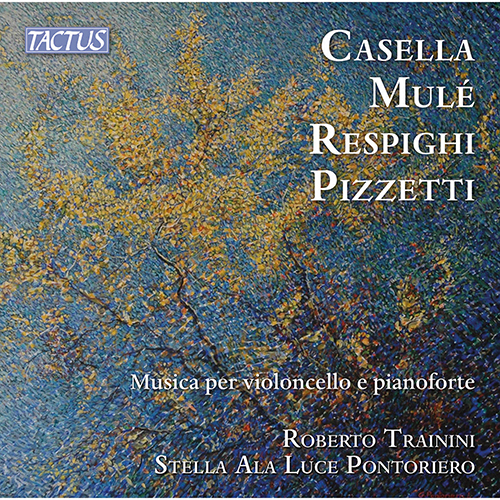
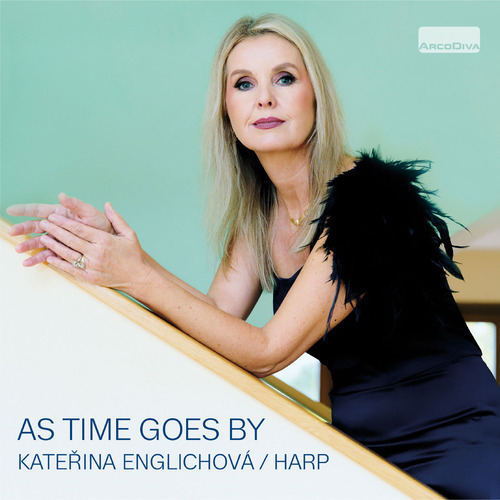
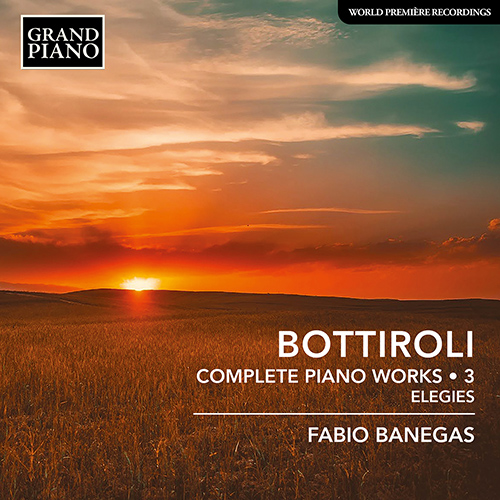


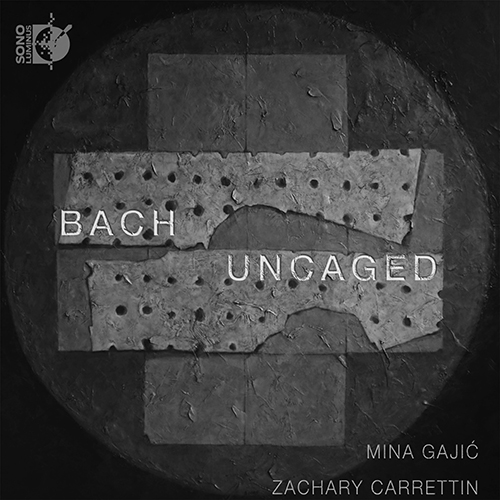
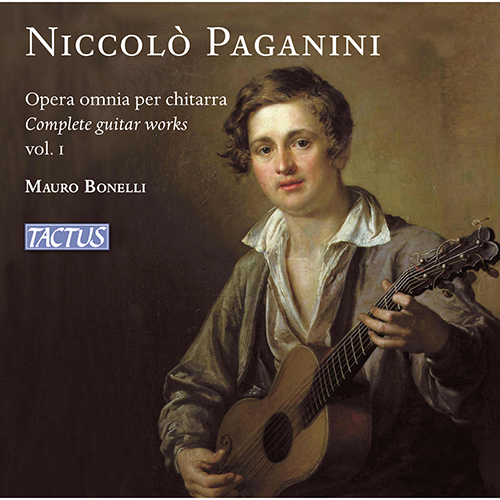
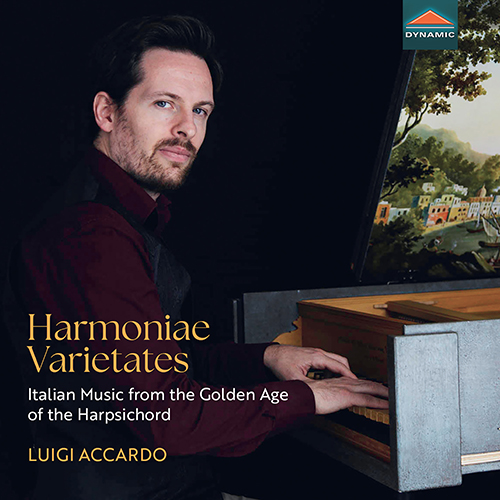
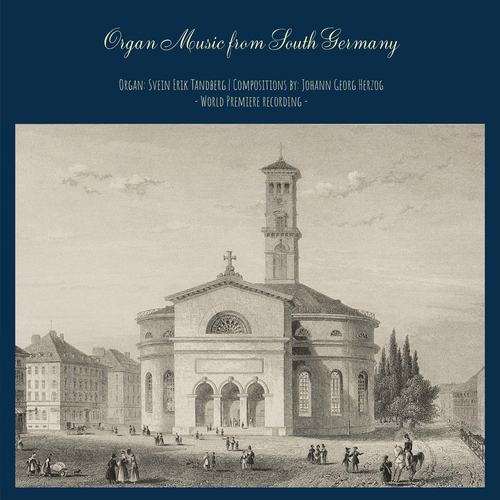
![CILEA, F.: Gloria (1932 version) [Opera] (Teatro Lirico di Cagliari, 2023) CILEA, F.: Gloria (1932 version) [Opera] (Teatro Lirico di Cagliari, 2023)](../../../sharedfiles/images/cds/hires/DYN-38004.jpg)
![WAGNER, R.: Götterdämmerung [Opera] (Deutsche Oper Berlin, 2021) WAGNER, R.: Götterdämmerung [Opera] (Deutsche Oper Berlin, 2021)](../../../sharedfiles/images/cds/hires/2.110745-46.jpg)
![DVOŘÁK, A.: Rusalka [Opera] (Royal Opera House, 2023) DVOŘÁK, A.: Rusalka [Opera] (Royal Opera House, 2023)](../../../sharedfiles/images/cds/hires/OA1384D.jpg)
![WAGNER, R.: Die Walküre [Opera] (Staatsoper Unter den Linden, 2022) WAGNER, R.: Die Walküre [Opera] (Staatsoper Unter den Linden, 2022)](../../../sharedfiles/images/cds/hires/810008.jpg)
